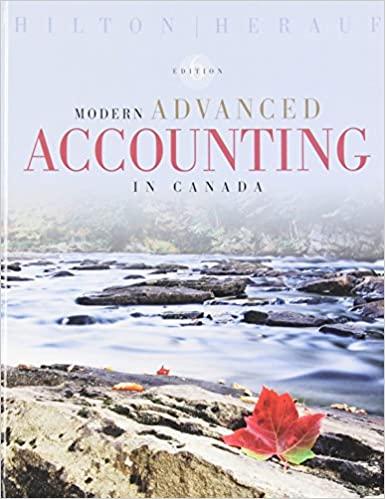Question
The retail group has introduced a new product and uses a standard costing system. Produce a paper for a Management Meeting using the following data.
The retail group has introduced a new product and uses a standard costing system. Produce a paper for a Management Meeting using the following data. The standard costs for 1,000 kilograms of the new product are:
| Requirements | Quantity | Price per kilogram | Total Cost |
| Kilograms | |||
| Material A | 1,600 | 0.50 | 800 |
| Material B | 400 | 0.80 | 320 |
| Material C | 400 | 0.20 | 80 |
| Input | 2,400 | ||
| Output | 2,000 |
The production of 1,000 kilograms of the new product requires 1,200 kilograms of raw materials. Hence the yield is 1,000 / 1,200 or 5/6 of the input. The current materials records indicate:
| Materials | Opening Inventory | Purchases (units) in April | Closing Inventory |
| A | 20,000 kilograms | 324,000 @ 0.48 | 30,000 kilograms |
| B | 24,000 kilograms | 60,000 @ 0.84 | 8,000 kilograms |
| C | 30,000 kilograms | 64,000 @ 0.22 | 22,000 kilograms |
To convert 1,200 kilograms of raw materials into 1,000 kilograms of finished product required 25 hours of labour at 8.25 per hour. Actual direct labour hours and costs are 3,800 hours at31,350.
Factory overhead is applied on a direct labour hour basis at a rate of 9 per hour (5 fixed, 4 variable). Factory overhead is 36,000 with 4,000 direct labour hours. The actual overheads are 38,000. The actual finished production is 200,000 kgs. of new products.
The standard cost per kilogram of the finished product is as follows:
| Materials | 0.60 per kilogram |
| Labour | 0.24 per kilogram |
| Factory overheads | 0.20 per kilogram |
The standard selling price per unit is 25% mark up on total cost. The actual selling price is 20% mark up on total cost.
YOU ARE REQUIRED TO SOLVE THE FOLLOWING QUESTIONS WITH EXPLANATION:
- Calculate the materials, labour and overhead variances.
- Calculate the total and unit costs of the finished product.
- Produce an absorption costing statement that compares the standard cost of the finished product against the actual cost of the finished product.This statement should also show the standard selling price of the finished product against the actual selling price of the finished product.
- Interpret the variance results (as calculated in part a) considering both financial and non-financial factors.
- Evaluate the use of different costing methods for pricing purposes.
Step by Step Solution
There are 3 Steps involved in it
Step: 1

Get Instant Access to Expert-Tailored Solutions
See step-by-step solutions with expert insights and AI powered tools for academic success
Step: 2

Step: 3

Ace Your Homework with AI
Get the answers you need in no time with our AI-driven, step-by-step assistance
Get Started


